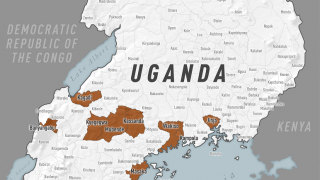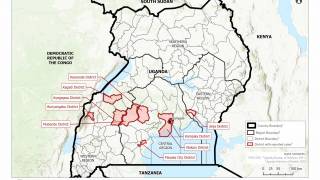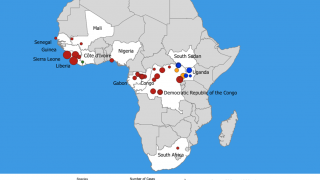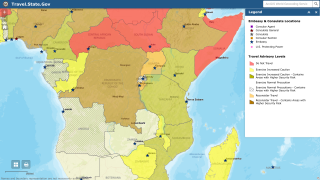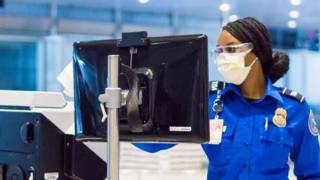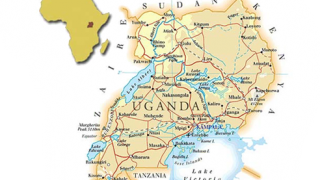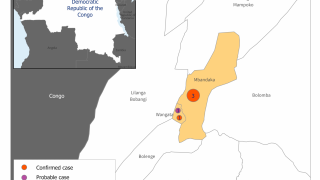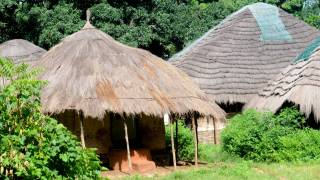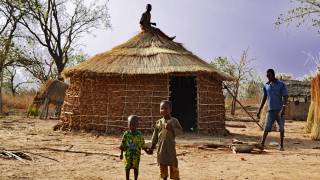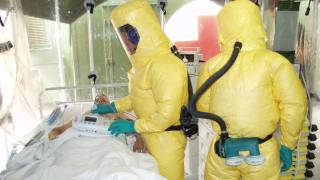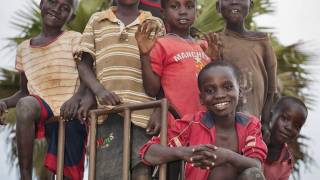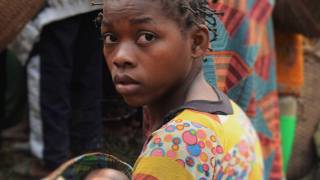Ebola Vaccination Reduces Infected People Mortality By 50%
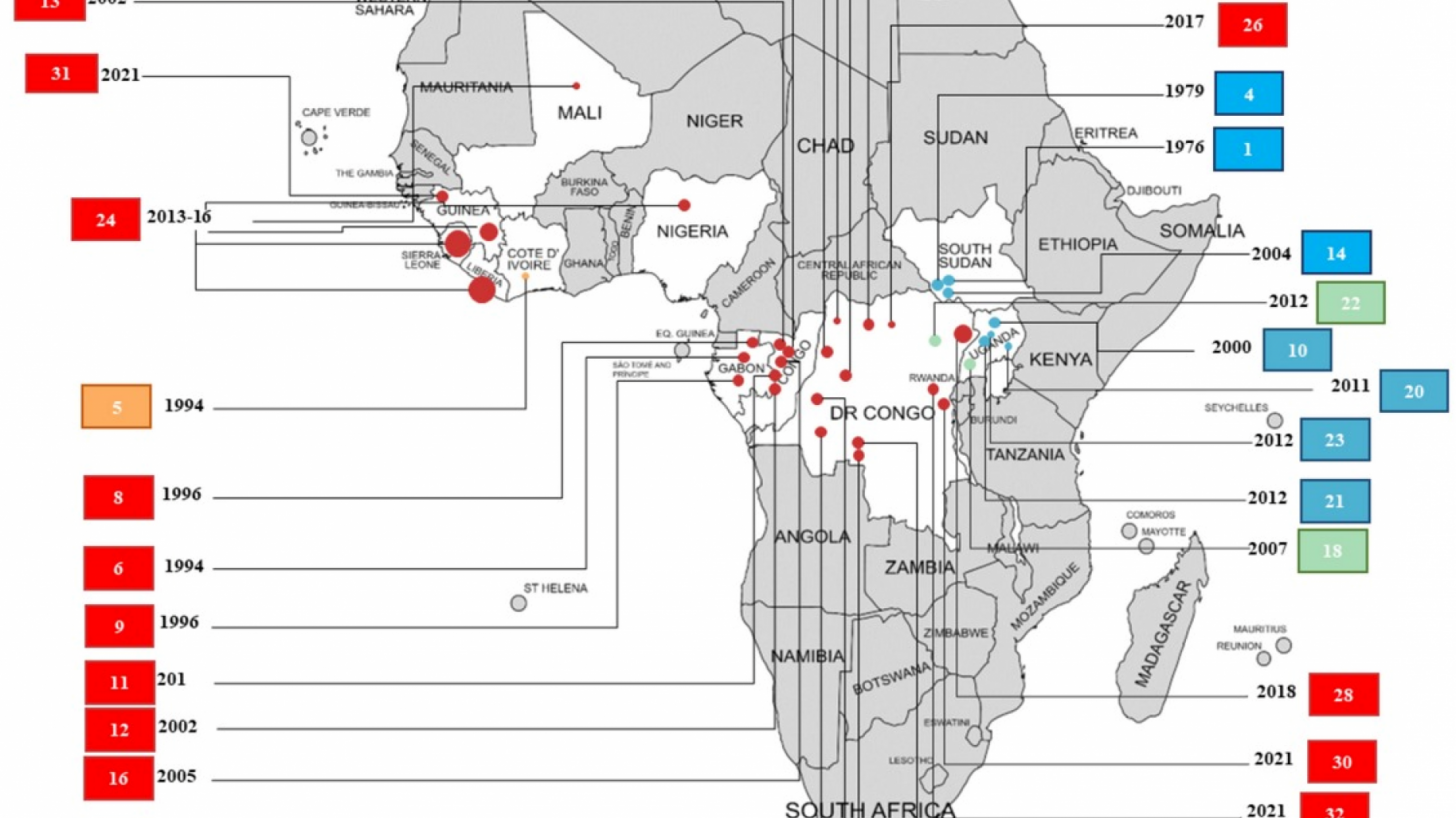
In the 40 years since the Ebola virus was first identified in Africa, there has been a steady increase in the frequency, size, and mortality of epidemics.
After years of antidotal data, a new Doctors Without Borders/Médecins Sans Frontières (MSF) study published in The Lancet Infectious Diseases shows that being vaccinated, even after being exposed to the Ebola virus, can cut mortality figures of those infected by about 52%.
Funded by MSF and published on February 7, 2024, this study was conducted by Epicentre during the Ebola epidemic in the Democratic Republic of Congo (DRC) outbreak between 2018 and 2020. The research showed that among the 2,279 confirmed Ebola patients, the mortality rate was 56% for unvaccinated patients.
In contrast, for those who had received an approved Ebola vaccine, the mortality rate fell to 25%. This reduction in mortality was observed in all patients, regardless of age or gender.
"Vaccination after exposure to a person infected with Ebola virus disease—even when administered shortly before the onset of symptoms—still confers significant protection against death," said Rebecca Coulborn, an epidemiologist with MSF's Epicentre, in a press release.
Designed to be administered in a single dose, Merck's Ervebo® (rVSV-ZEBOV-GP) vaccine is recommended primarily for ring vaccination. Ring vaccination is a strategy that targets contacts and contacts of contacts of confirmed Ebola cases, as well as health care and frontline workers who are at high risk of exposure.
While the goal is to vaccinate people as early as possible during Ebola outbreaks, these new findings show that vaccinating someone who has already been exposed but is not yet symptomatic can also reduce the risk of death, wrote these researchers.
As of 2024, the Ervebo vaccine is licensed in the U.S., U.K., European Union, Canada, Switzerland, Burundi, Central African Republic, the DRC, Ghana, Guinea, Rwanda, Uganda and Zambia.
The initial Zaire Ebolavirus disease case was confirmed in 1976 in South Sudan and then in the DRC. More than 30 EBOV outbreaks have been reported, mainly in West and Central Africa.
Recent studies have suggested that some Ebola outbreaks originate from human-to-human transmission of prior Ebola outbreak strains instead of spillover events.
Our Trust Standards: Medical Advisory Committee

